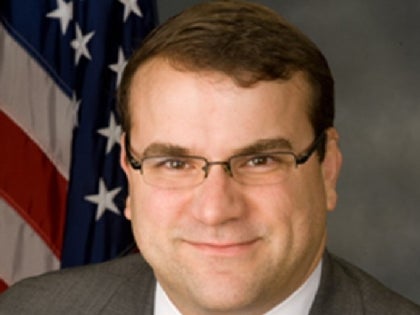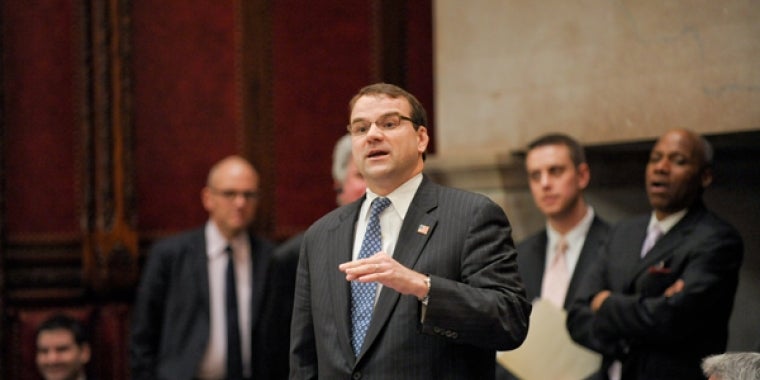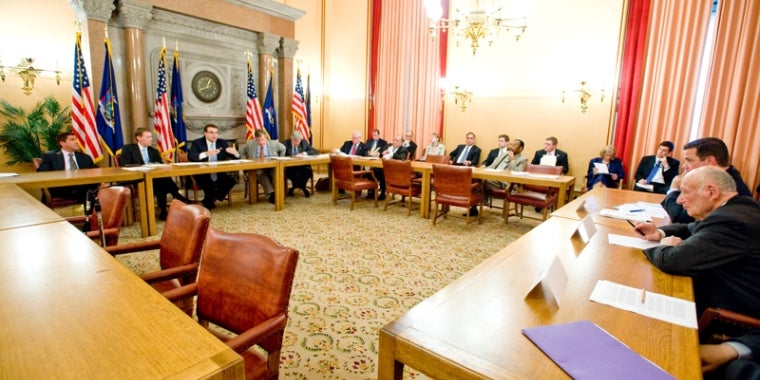
NEWSDAY: MTA Reiterates Commitment to Third Track; Sen. Johnson Defends Main Line Communities
Newsday Headline: Projects aim to ease reverse commuting
By ALFONSO A. CASTILLO alfonso.castillo@newsday.com
Anticipating that Long Island may become the destination - and not just origination - for many more commuters in the future, theLong Island Rail Road is planning for two major projects aimed at carrying reverse commuters.
The Main Line Corridor Improvement project is described as essential to create enough capacity to carry the growing eastbound commuter population - already 19,670 commuters ride in reverse each day, a 58 percent rise in the past decade. The project entails building an additional track on about 10 miles of its main line between Floral Park and Hicksville.
The third track, as it's commonly called, "is probably the number one project" in terms of necessity on Long Island," said Peter Haynes, founder of the LIRR Commuters Campaign, who said the project would "create more slots to fit in trains."
But, as it has been for years, the $1.5-billion project remains stalled by financial and political roadblocks. Many residents and politicians near the affected portion of the LIRR system have fought the project, which will require the LIRR taking over some private property. Despite repeated requests by transit advocates and residents potentially affected, the LIRR has declined to say how many properties might be taken or encroached upon.
Among the project's most vehement opponents is state Sen. Craig Johnson (D-Port Washington), who sits on the MTA Capital Program Review Board and would have veto power over the plan.
"It's just not necessary, and I think it would really tear up the fabric of the main line community for decades," Johnson said.
LIRR officials say the soonest they might begin work on the project is between 2015 and 2019. But, they say, some improvements are planned over the next five years along that stretch of the system, including bridges, that would accommodate a third track.
LIRR president Helena Williams said the railroad remains committed to the project, which she said is necessary to "achieve a true reverse commute from Manhattan out to Nassau andSuffolk county."
A less divisive project is the LIRR's planned $138-million construction of a second track between Farmingdale andRonkonkoma stations - a 17.9-mile stretch of the system that is mostly single track right now. The second track would allow the LIRR to run more trains in both directions and avoid the major service disruptions that happen when a train breaks down on a single-track portion of the system, and other trains cannot go around it.
The added capacity would help move people to such destinations as Long Island MacArthur Airport and, possibly, a reopened Republic Station in East Farmingdale, at the heart of the Route 110 business corridor.

